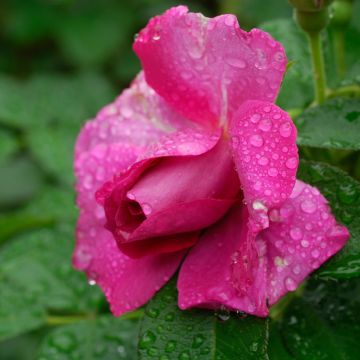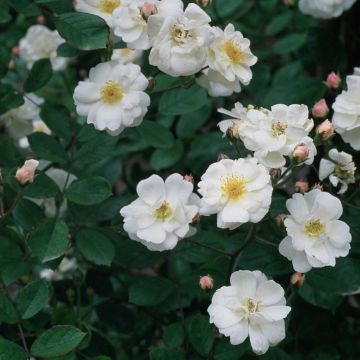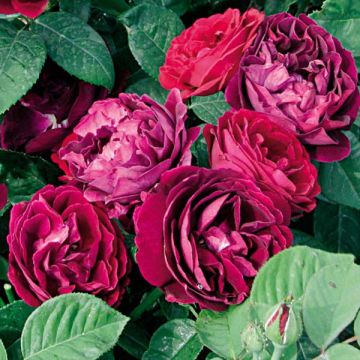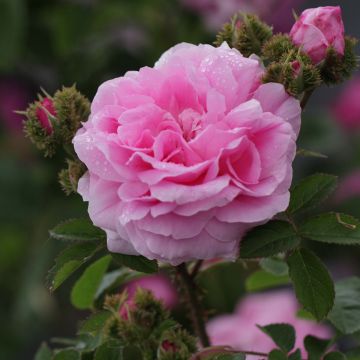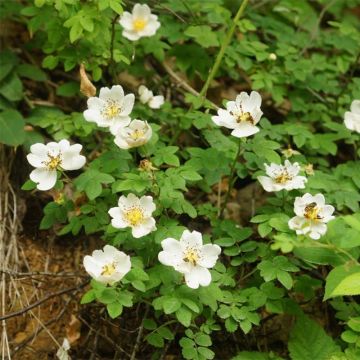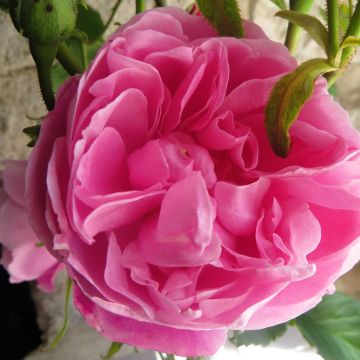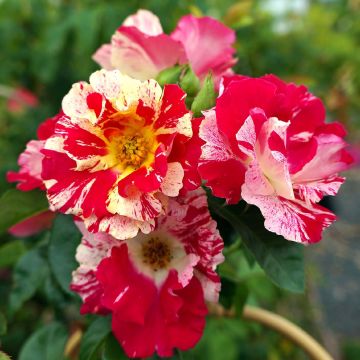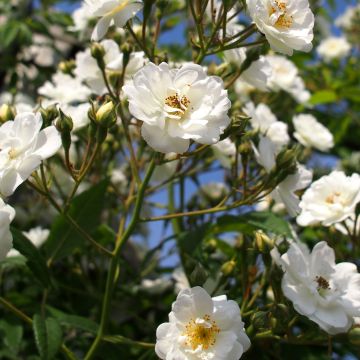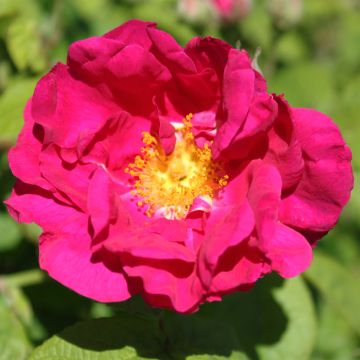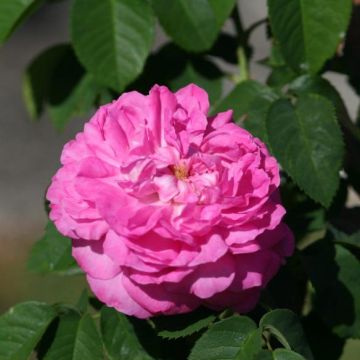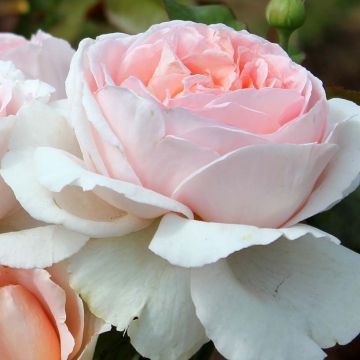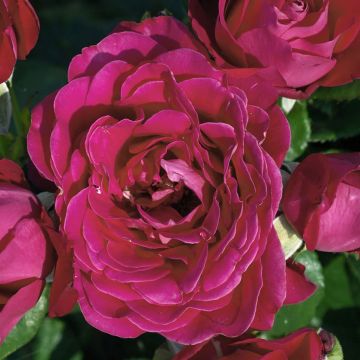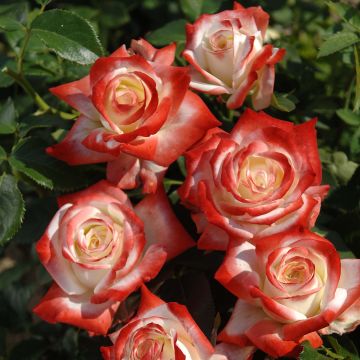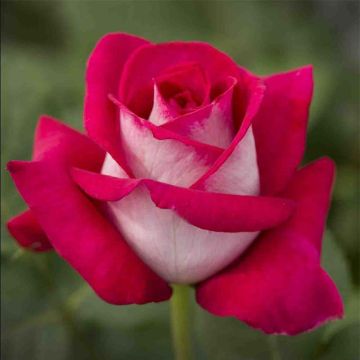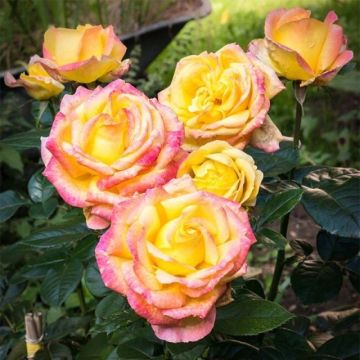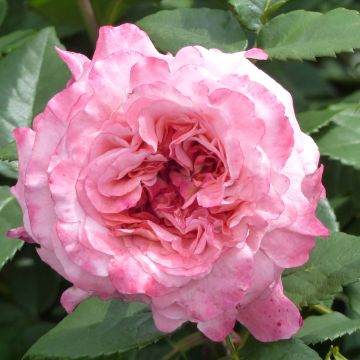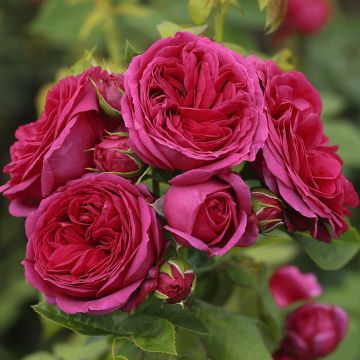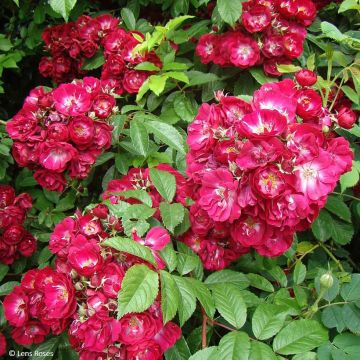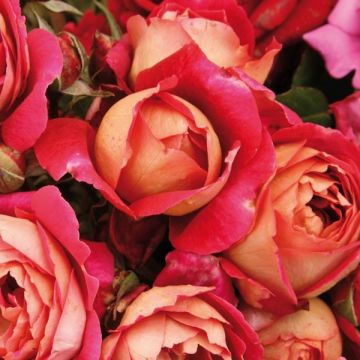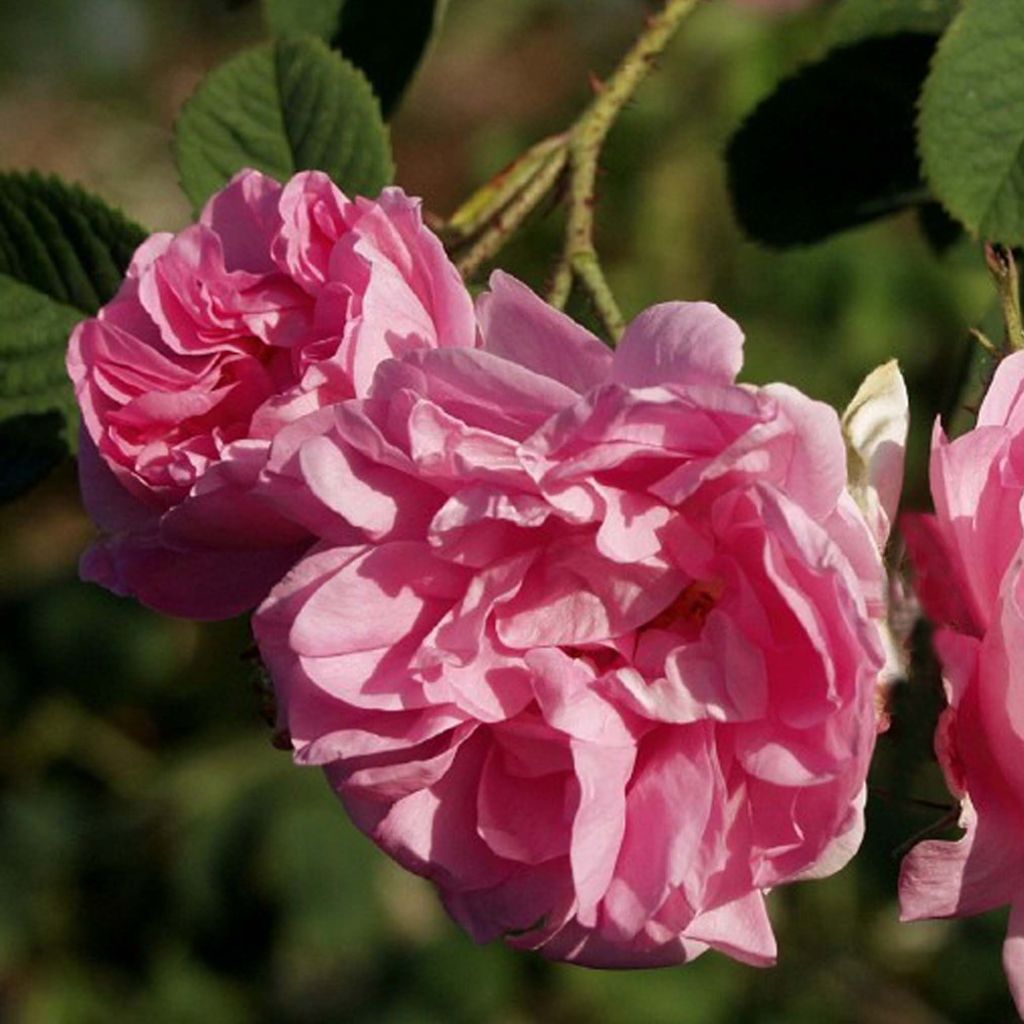

Rosa damascena Trigintipetala - Damask Rose
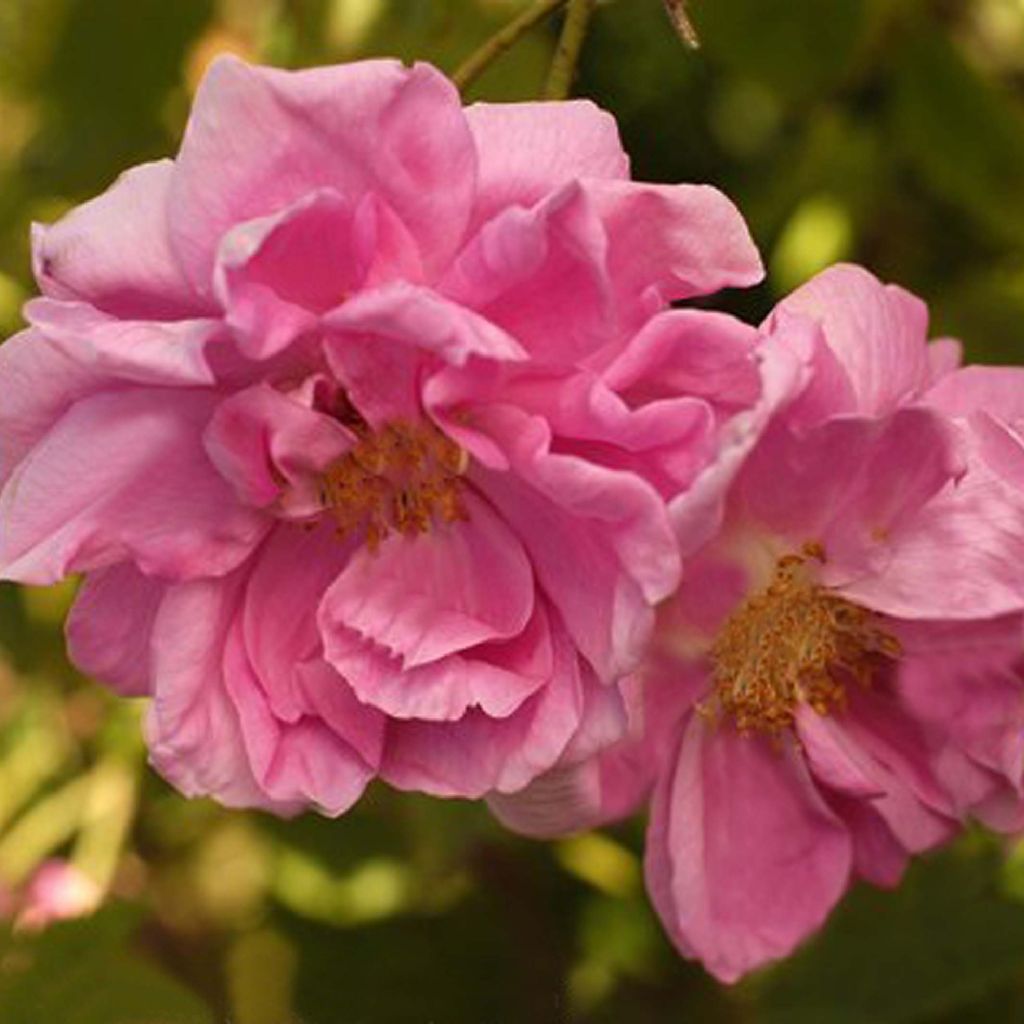

Rosa damascena Trigintipetala - Damask Rose
Rosa damascena Trigintipetala - Damask Rose
Rosa x damascena Trigintipetala (Kazanlik)
Damask Rose
This item cannot be shipped to the selected country
Delivery charge from €5.90
Delivery charge from €5.90
Delivery charge from €5.90
Delivery to Corse prohibited
More information
Schedule delivery date,
and select date in basket
This plant carries a 24 months recovery warranty
More information
We guarantee the quality of our plants for a full growing cycle, and will replace at our expense any plant that fails to recover under normal climatic and planting conditions.
From €5.90 for pickup delivery and €6.90 for home delivery
Express home delivery from €8.90.
From €5.90 for pickup delivery and €6.90 for home delivery
Express home delivery from €8.90.
From €5.90 for pickup delivery and €6.90 for home delivery
Express home delivery from €8.90.
Delivery to Corse prohibited: UE law prohibits the import of this plant from mainland France to Corse as part of the fight against Xylella fastidiosa. Please accept our sincere apologies.
More information
Does this plant fit my garden?
Set up your Plantfit profile →
Description
The old damask rose Trigintipetala , also known as Rosa Kazanlik or Kazanlak, is a bush rose imported from Turkey to Bulgaria, where it is still cultivated for the richness of its rose essential oil. The habit is upright but flexible, the plant is robust and healthy, adorned with deciduous, light green foliage. This Damask rose offers a powerfully scented summer flowering, which reminds some noses of the fragrance of synthetic perfumes. Its semi-double tender pink flowers bloom abundantly in June-July. In the garden, this vigorous rose will integrate perfectly into a free hedge.
The Damask rose is a botanic species of unknown origin, brought to Germany in 1889 by Dr. De Kriek. Some traces of this variety can be found as early as 1689. It is extensively cultivated in the mountainous valley of Kazanlăk, Bulgaria, which nowadays makes up the main production region.
This bush with a rather upright bushy habit reaches approximately 1.80 m (5 ft 11 in) in height and 1.50 m (4 ft 11 in) in width, and shows rapid growth. Its mostly mossy branches bear deciduous foliage, divided into light green leaflets, and are remarkably healthy. It blooms abundantly in June-July, with slightly loose flowers, of medium size reaching 6-7 cm (2.4 - 2.8 in) in diameter. Each one is composed of 30 petals of a diaphanous pink. At the opening, the centre of the corolla presents a small bud composed of small folded petals. At full bloom, the well-opened corolla reveals a beautiful heart of golden yellow stamens. These roses have a strong and pleasant fragrance made up of over 400 different components. The scent remains even after the flowers have dried or faded. To grow to their full potential, this type of rose requires ample space.
The perfume industry was transformed after the study of the chemical compounds found in the 'Trigintipetala' rose. These compounds produce different scents, allowing perfumers to create unique fragrances. One popular example is 'Poison' by Dior, released in 1985, which contains damascenone - a highly potent olfactory compound.
Although hybrid roses have become more popular, botanical roses are still hardy plants with a rich history. Roses like the Kazanlik have earned a place in gardens as collector's items. They are perfect for lovers of ancient and botanical roses, as well as for fragrant gardens and flowering hedges. They can be used to create stunning summer-blooming shrub borders and landscape hedges, and when mixed with buddleias, white spireas, abelias, or deutzias, they add to the garden's vitality. To plant them, it's essential to maintain a distance of 1 metre between each bush. If you have enough space, English, Old or Shrub roses look lovely planted in groups of three. They will grow together to form a lavish bush, blooming generously.
Report an error about the product description
Rosa damascena Trigintipetala - Damask Rose in pictures
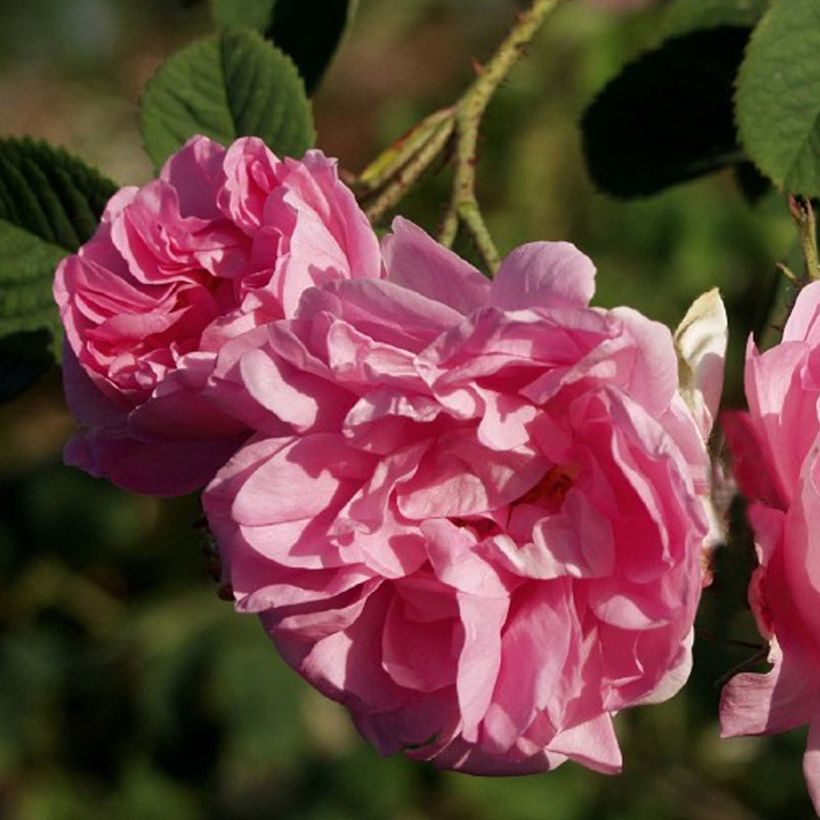

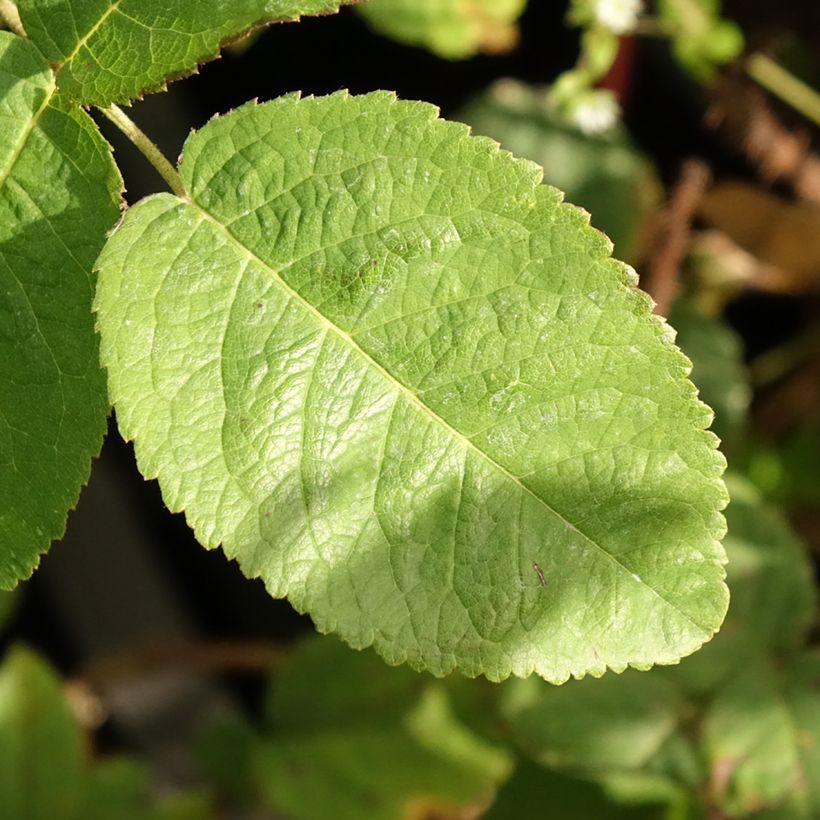

Plant habit
Flowering
Foliage
Botanical data
Rosa
x damascena
Trigintipetala (Kazanlik)
Rosaceae
Damask Rose
Cultivar or hybrid
Rosa canina Laxa (4L/5L pot, Wrapped bare root)
Other Traditional Roses
Planting and care
To grow your Trigintipetala Rose successfully, find a spot with lots of sun or shade. Damask roses can handle many conditions, but they prefer soil that is not too dry or has too much limestone. Your rose should grow well in any garden as long as the soil is deep, fertile, and well-cultivated.
To plant your rose, work the soil until it is crumbly and add an amendment to the bottom of the planting hole, such as blood, fish and bone. After planting, water generously to eliminate any air pockets, and continue to water regularly for several weeks to help the roots establish.
The Kazanlik rose is delicate and may be damaged during very cold winters. To prune old roses, remove faded flowers unless you want to keep the decorative berries. Be careful not to prune in a way that alters the bushy shape of the plant. However, in late winter (March), it's recommended to remove branches in the centre of the bush that may overwhelm it.
When summer ends, roses may develop spots that make them look unsightly. These spots are natural and do not harm the rose's growth.
Planting period
Intended location
Care
-
, onOrder confirmed
Reply from on Promesse de fleurs
Fragrant Roses
Haven't found what you were looking for?
Hardiness is the lowest winter temperature a plant can endure without suffering serious damage or even dying. However, hardiness is affected by location (a sheltered area, such as a patio), protection (winter cover) and soil type (hardiness is improved by well-drained soil).

Photo Sharing Terms & Conditions
In order to encourage gardeners to interact and share their experiences, Promesse de fleurs offers various media enabling content to be uploaded onto its Site - in particular via the ‘Photo sharing’ module.
The User agrees to refrain from:
- Posting any content that is illegal, prejudicial, insulting, racist, inciteful to hatred, revisionist, contrary to public decency, that infringes on privacy or on the privacy rights of third parties, in particular the publicity rights of persons and goods, intellectual property rights, or the right to privacy.
- Submitting content on behalf of a third party;
- Impersonate the identity of a third party and/or publish any personal information about a third party;
In general, the User undertakes to refrain from any unethical behaviour.
All Content (in particular text, comments, files, images, photos, videos, creative works, etc.), which may be subject to property or intellectual property rights, image or other private rights, shall remain the property of the User, subject to the limited rights granted by the terms of the licence granted by Promesse de fleurs as stated below. Users are at liberty to publish or not to publish such Content on the Site, notably via the ‘Photo Sharing’ facility, and accept that this Content shall be made public and freely accessible, notably on the Internet.
Users further acknowledge, undertake to have ,and guarantee that they hold all necessary rights and permissions to publish such material on the Site, in particular with regard to the legislation in force pertaining to any privacy, property, intellectual property, image, or contractual rights, or rights of any other nature. By publishing such Content on the Site, Users acknowledge accepting full liability as publishers of the Content within the meaning of the law, and grant Promesse de fleurs, free of charge, an inclusive, worldwide licence for the said Content for the entire duration of its publication, including all reproduction, representation, up/downloading, displaying, performing, transmission, and storage rights.
Users also grant permission for their name to be linked to the Content and accept that this link may not always be made available.
By engaging in posting material, Users consent to their Content becoming automatically accessible on the Internet, in particular on other sites and/or blogs and/or web pages of the Promesse de fleurs site, including in particular social pages and the Promesse de fleurs catalogue.
Users may secure the removal of entrusted content free of charge by issuing a simple request via our contact form.
The flowering period indicated on our website applies to countries and regions located in USDA zone 8 (France, the United Kingdom, Ireland, the Netherlands, etc.)
It will vary according to where you live:
- In zones 9 to 10 (Italy, Spain, Greece, etc.), flowering will occur about 2 to 4 weeks earlier.
- In zones 6 to 7 (Germany, Poland, Slovenia, and lower mountainous regions), flowering will be delayed by 2 to 3 weeks.
- In zone 5 (Central Europe, Scandinavia), blooming will be delayed by 3 to 5 weeks.
In temperate climates, pruning of spring-flowering shrubs (forsythia, spireas, etc.) should be done just after flowering.
Pruning of summer-flowering shrubs (Indian Lilac, Perovskia, etc.) can be done in winter or spring.
In cold regions as well as with frost-sensitive plants, avoid pruning too early when severe frosts may still occur.
The planting period indicated on our website applies to countries and regions located in USDA zone 8 (France, United Kingdom, Ireland, Netherlands).
It will vary according to where you live:
- In Mediterranean zones (Marseille, Madrid, Milan, etc.), autumn and winter are the best planting periods.
- In continental zones (Strasbourg, Munich, Vienna, etc.), delay planting by 2 to 3 weeks in spring and bring it forward by 2 to 4 weeks in autumn.
- In mountainous regions (the Alps, Pyrenees, Carpathians, etc.), it is best to plant in late spring (May-June) or late summer (August-September).
The harvesting period indicated on our website applies to countries and regions in USDA zone 8 (France, England, Ireland, the Netherlands).
In colder areas (Scandinavia, Poland, Austria...) fruit and vegetable harvests are likely to be delayed by 3-4 weeks.
In warmer areas (Italy, Spain, Greece, etc.), harvesting will probably take place earlier, depending on weather conditions.
The sowing periods indicated on our website apply to countries and regions within USDA Zone 8 (France, UK, Ireland, Netherlands).
In colder areas (Scandinavia, Poland, Austria...), delay any outdoor sowing by 3-4 weeks, or sow under glass.
In warmer climes (Italy, Spain, Greece, etc.), bring outdoor sowing forward by a few weeks.

































